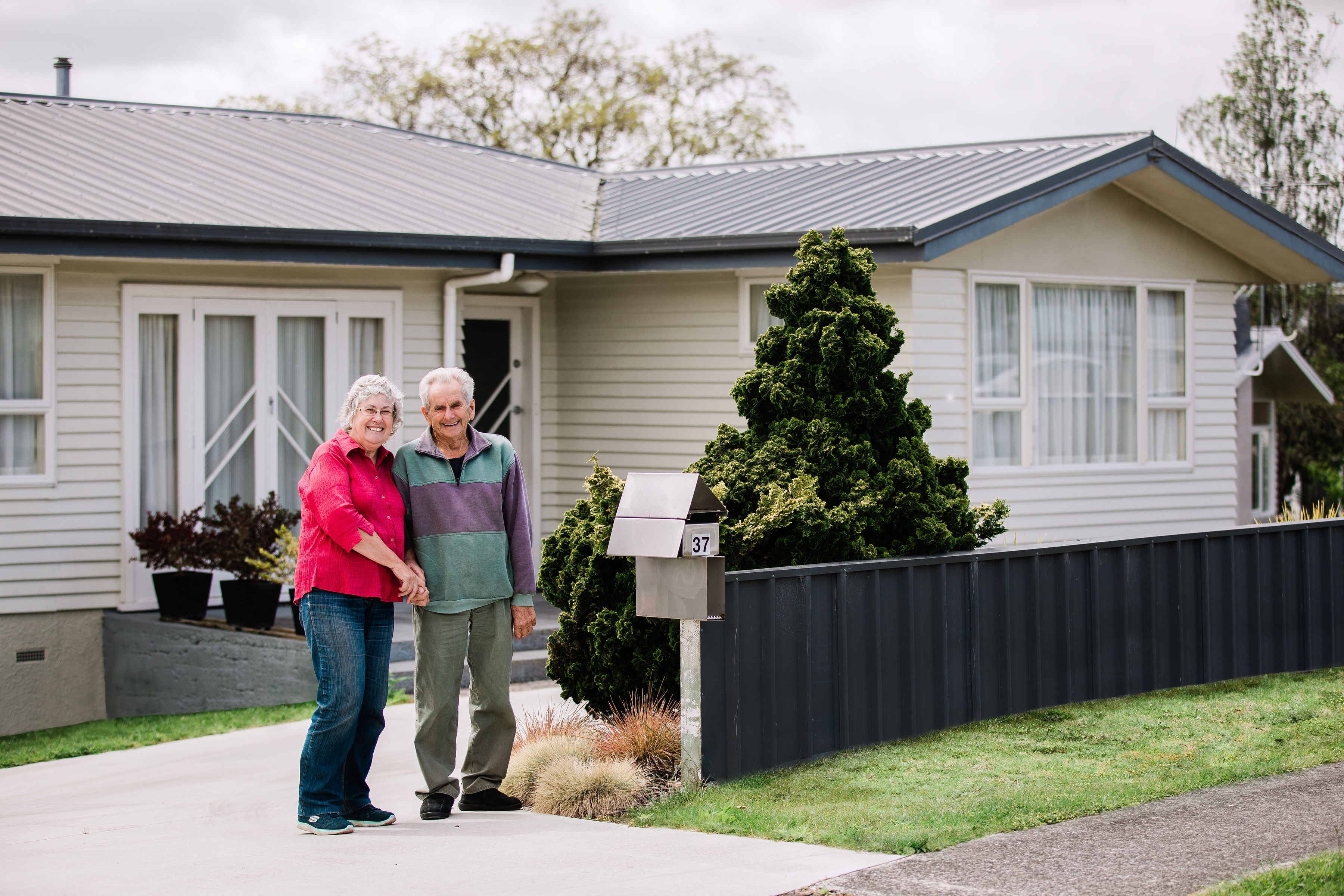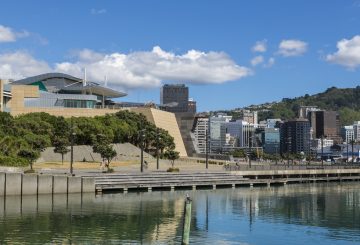Mẹ của một người đàn ông mắc chứng tự kỷ và khuyết tật trí tuệ sẽ tranh luận tại Tòa án Tối cao rằng con trai cô đang bị giam giữ một cách bất công. Jay*, người không được tiết lộ tên thật, đã được chăm sóc trong 18 năm theo Đạo luật Chăm sóc và Phục hồi chức năng Khuyết tật Trí tuệ vì anh bị coi là quá nguy hiểm để được thả.
Năm ngoái, Tòa phúc thẩm lưu ý rằng các hành vi phạm tội của Jay là nhỏ nhưng tuyên bố rằng các chuyên gia tin rằng anh ta gây ra rủi ro rất cao cho công chúng. Các luật sư nhân quyền Tony Ellis và Graeme Edgler sẽ đại diện cho mẹ anh ta, tuyên bố rằng việc giam giữ anh ta vi phạm nhân quyền của anh ta.
Kháng cáo cũng sẽ giải quyết liệu các tòa án có cân bằng an toàn cộng đồng và quyền của các cá nhân khuyết tật hay không. Ủy ban Nhân quyền và IHC sẽ đóng góp vào cuộc thảo luận về các vấn đề nhân quyền và khuyết tật liên quan đến Đạo luật.
Jay bị bắt giữ lần đầu tiên vào năm 2004 sau khi phá vỡ cửa sổ hàng xóm bằng rìu. Anh ta bị buộc tội nhưng bị phát hiện không phù hợp để xét xử do khuyết tật của anh ta. Năm 2006, anh được đưa vào một cơ sở chăm sóc an toàn, nơi anh đã ở lại kể từ đó, trải qua bốn năm qua hoàn toàn ẩn dật tại Phòng khám Mason ở Auckland.
Mẹ anh đến thăm anh hàng tuần nhưng chưa bao giờ nhìn thấy khu vực sinh hoạt của anh vì cô chỉ được phép vào phòng thăm. Cô cảm thấy con trai mình đang bị trừng phạt vì chứng tự kỷ và mong muốn anh được thả vào một dịch vụ hiểu anh tốt hơn.
Khoảng 100 đến 120 người được ước tính phải tuân theo lệnh chăm sóc bắt buộc bất cứ lúc nào. Các lệnh này được Tòa án Gia đình chấp thuận và thường kéo dài đến ba năm nhưng có thể được gia hạn vô thời hạn. Đơn đặt hàng của Jay đã được gia hạn 11 lần trong 18 năm, hiện đang hoạt động cho đến tháng 4 năm 2026.
Các chuyên gia nói rằng Jay có “nguy cơ bạo lực cao hoặc rất cao” nếu được thả. Trong khi được chăm sóc, anh ta đã cố gắng ăn cắp vũ khí, đe dọa nhân viên và làm hỏng tài sản. Những người ủng hộ cho rằng anh ta không được phục hồi thích hợp và không phải lúc nào cũng được chăm sóc bởi các nhân viên được đào tạo.
Một cuộc kiểm tra năm 2021 tại Phòng khám Mason cho thấy nó có thể không phù hợp với những người mắc chứng tự kỷ. Báo cáo chỉ trích việc sử dụng các biện pháp hạn chế và ẩn dật liên tục, vốn đã tăng lên bất chấp những lời hứa trước đây sẽ giảm bớt chúng.






























































